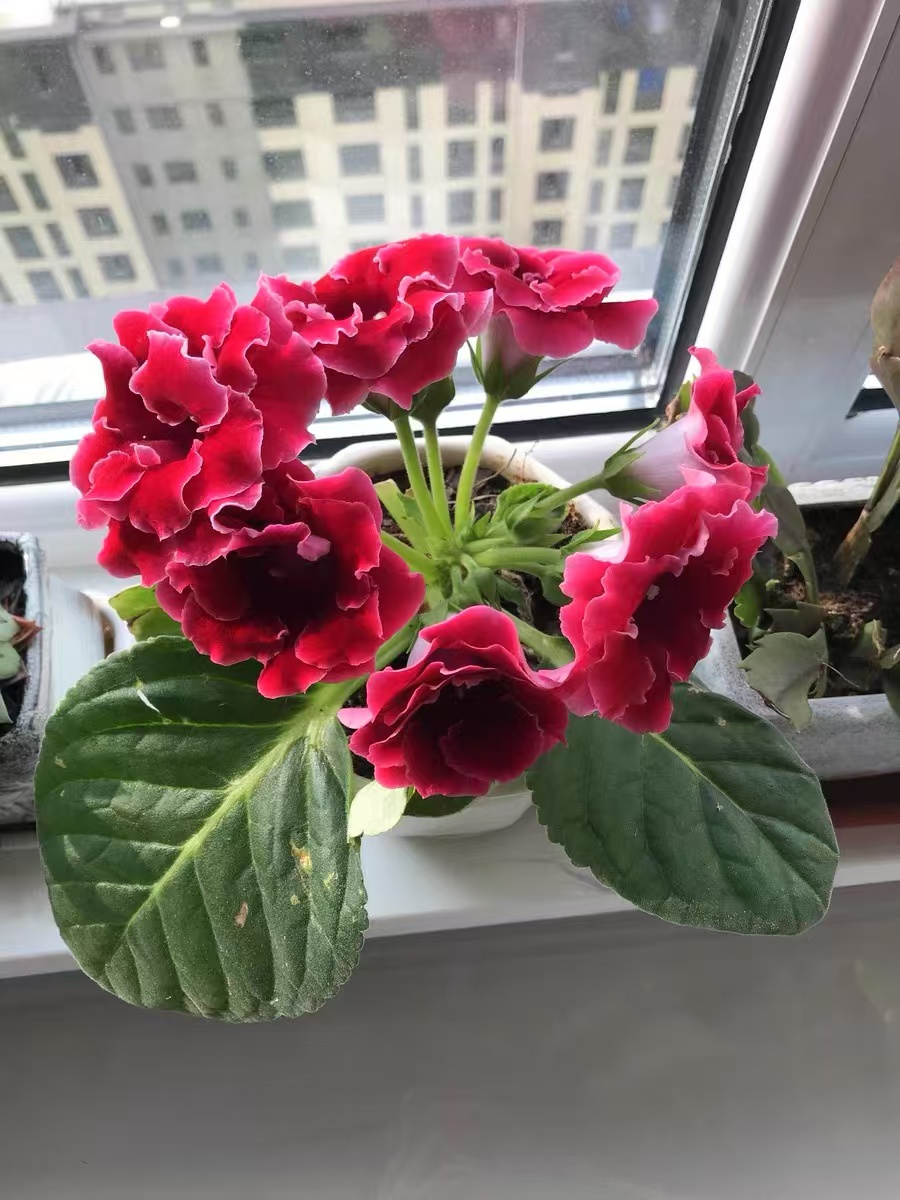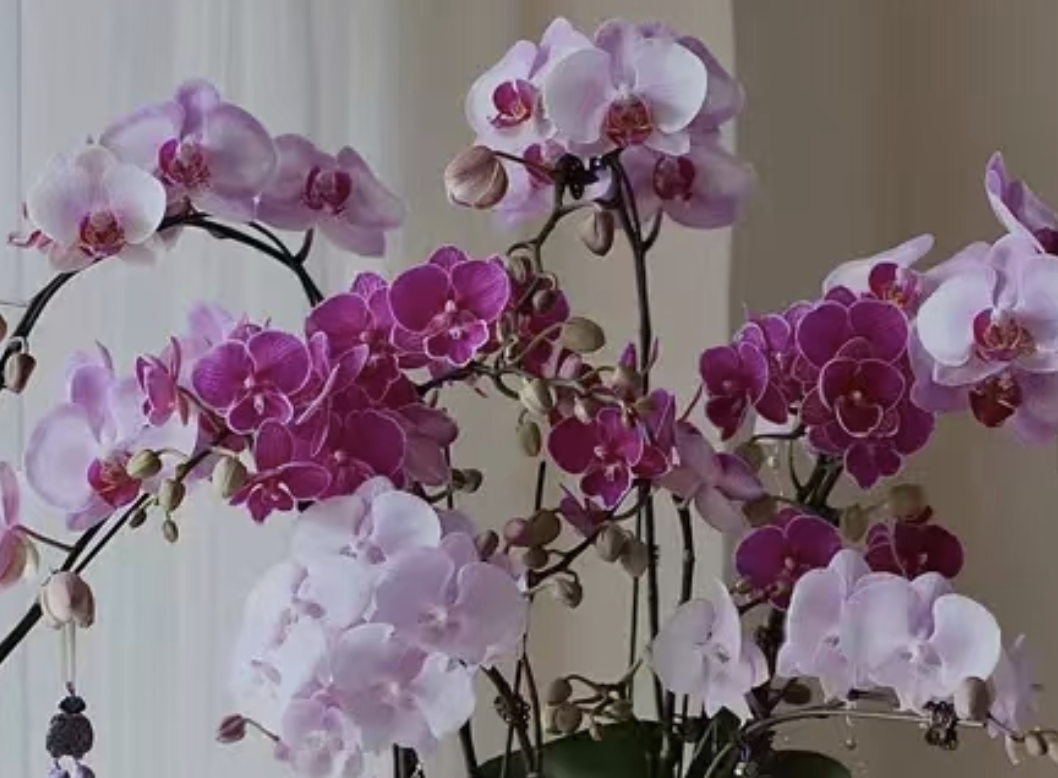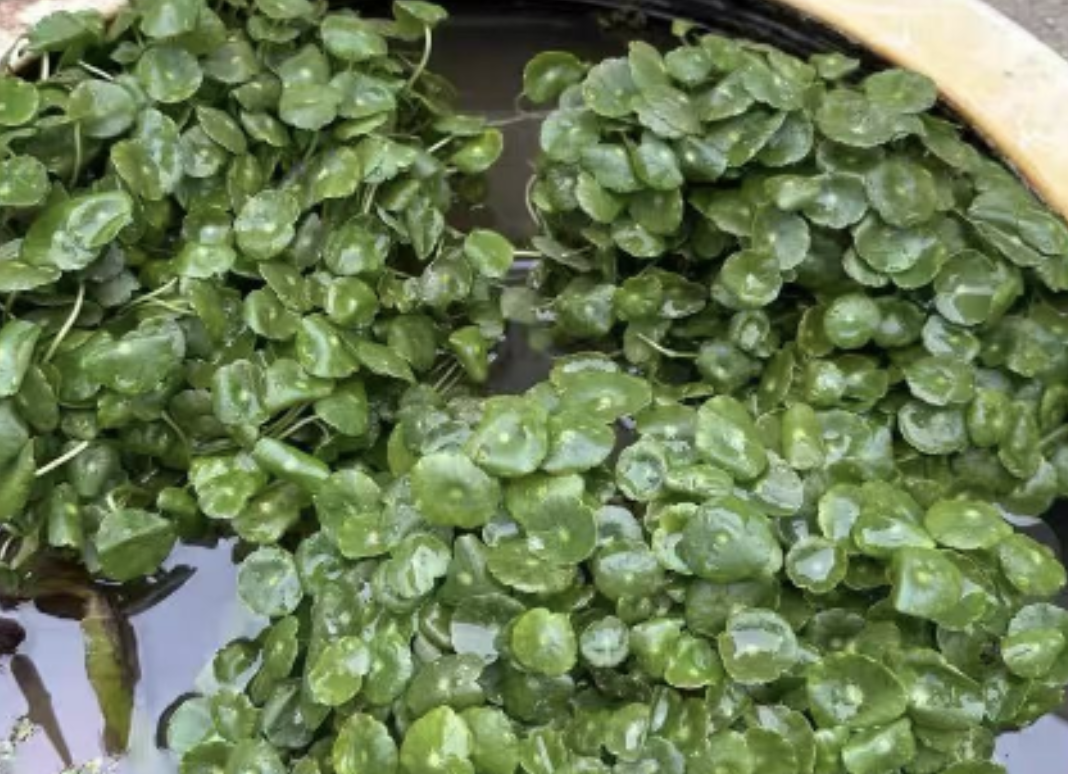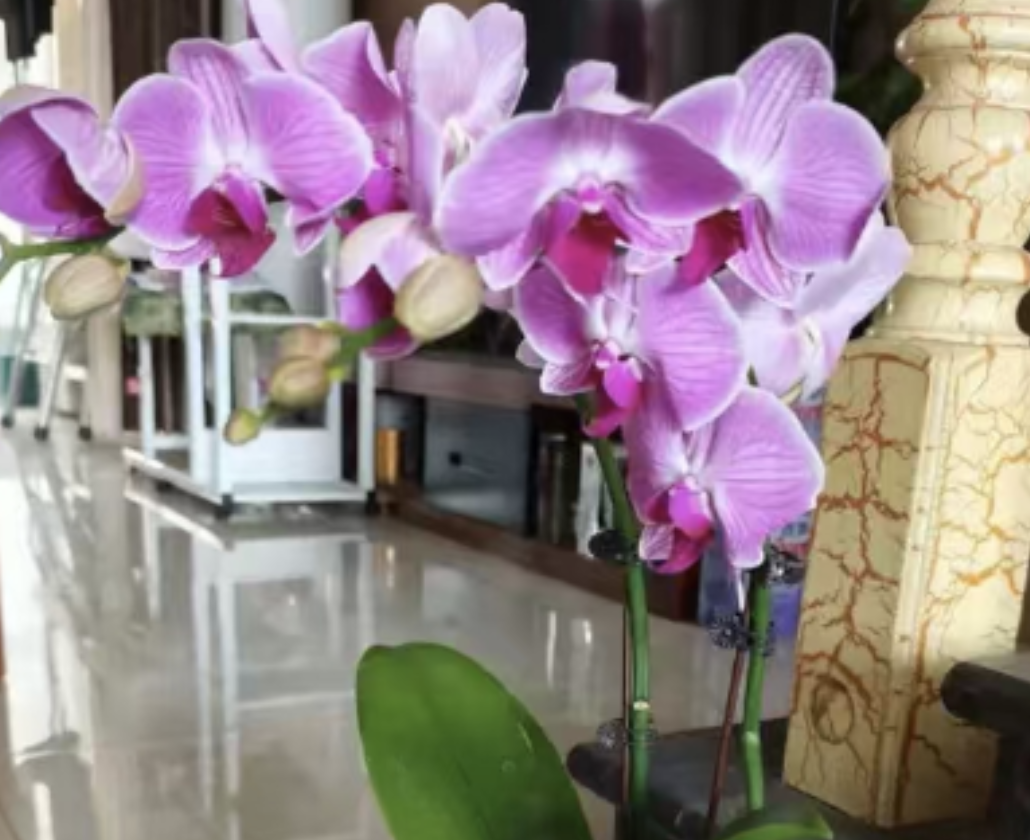Sinningia speciosa, as a widely popular indoor ornamental plant, its beautiful flowers and lush leaves often become the highlights of home decoration. When many people choose indoor plants, they will be concerned about whether they contain toxins. This is especially important for families with children or pets.
Sinningia speciosa does not contain toxins harmful to humans or pets. Its floral fragrance is fresh and pleasant. Not only does it not pose a threat to health, but it also helps improve the indoor air quality and create a comfortable living environment. Compared with some plants that may contain irritating or toxic substances, Sinningia speciosa is undoubtedly a safer choice.
Although Sinningia speciosa is non-toxic, the following points still need to be noted during the planting process to ensure the healthy growth of the plant and a safe indoor environment:
Avoid accidental ingestion: Although Sinningia speciosa is non-toxic, to avoid unnecessary digestive problems, especially for children and pets, accidental ingestion of its leaves or flowers should still be avoided.
Appropriate placement: Place Sinningia speciosa in a place with less foot traffic and not easily touched to reduce the risk of accidental touch or ingestion.
Regular cleaning: Regularly clean the dust and impurities on the leaves to keep the plant neat and beautiful. At the same time, it also helps reduce bacterial growth.
Sinningia speciosa is a plant that likes warmth and is not cold-resistant. During the planting process, understanding its temperature requirements is crucial in order to provide a good growth environment for it.
During the growing season from spring to autumn, the most suitable growth temperature for Sinningia speciosa is 18-22 degrees Celsius. Within this temperature range, the plant can carry out photosynthesis and nutrient absorption normally, growing rapidly and healthily. Sinningia speciosa has relatively weak cold resistance. Its lowest cold-resistant temperature is about between 5-8 degrees Celsius. When the ambient temperature is lower than this range, the plant will enter a dormant state to conserve energy, but being in a low-temperature environment for a long time may cause frost damage and even death.
In order to ensure that Sinningia speciosa can safely overwinter in winter, the following maintenance measures need special attention:
Keep warm and prevent cold: In areas with lower temperatures, Sinningia speciosa should be moved indoors to a warm and sheltered place for maintenance. At the same time, simple materials such as insulation film and plastic bags can be used to wrap and insulate the plant.
Reduce watering: In winter, the growth rate of Sinningia speciosa slows down, and the demand for water is also correspondingly reduced. Therefore, when watering, the principle of "water when dry and wet thoroughly" should be followed to avoid root rot caused by excessive moisture in the potting soil.
Stop fertilizing: In winter, Sinningia speciosa is basically in a dormant state and has extremely low demand for nutrients. At this time, fertilization should be stopped to avoid damage to the plant caused by the accumulation of fertilizers.
Sinningia speciosa is not only non-toxic and beautiful, but also an excellent choice for indoor viewing. However, during the planting process, attention still needs to be paid to its temperature requirements and winter maintenance measures to ensure that the plant can grow healthily and safely overwinter.
Is Sinningia speciosa poisonous?

Share with
Tagged in :




Leave a Reply